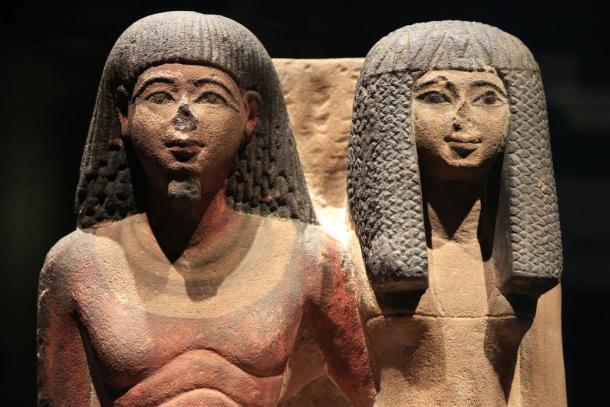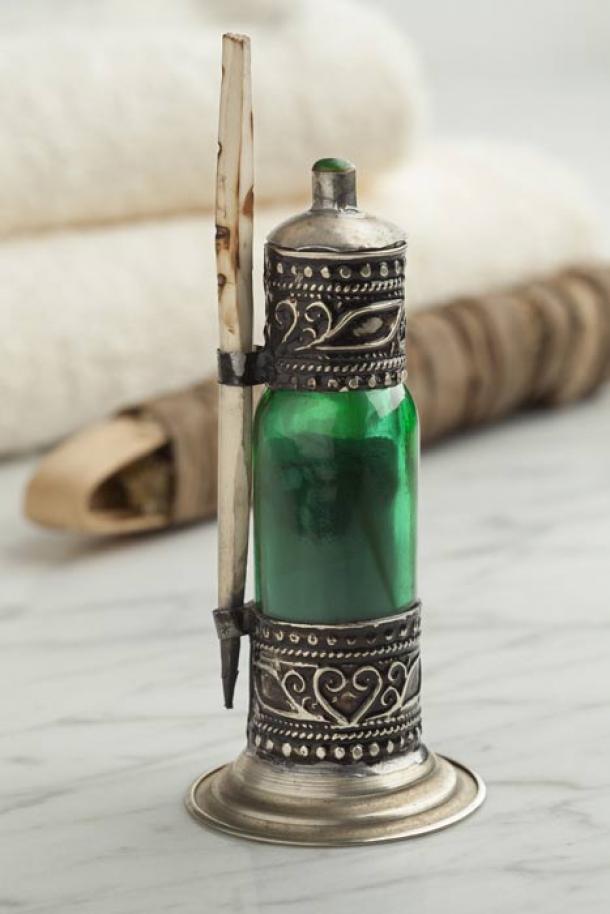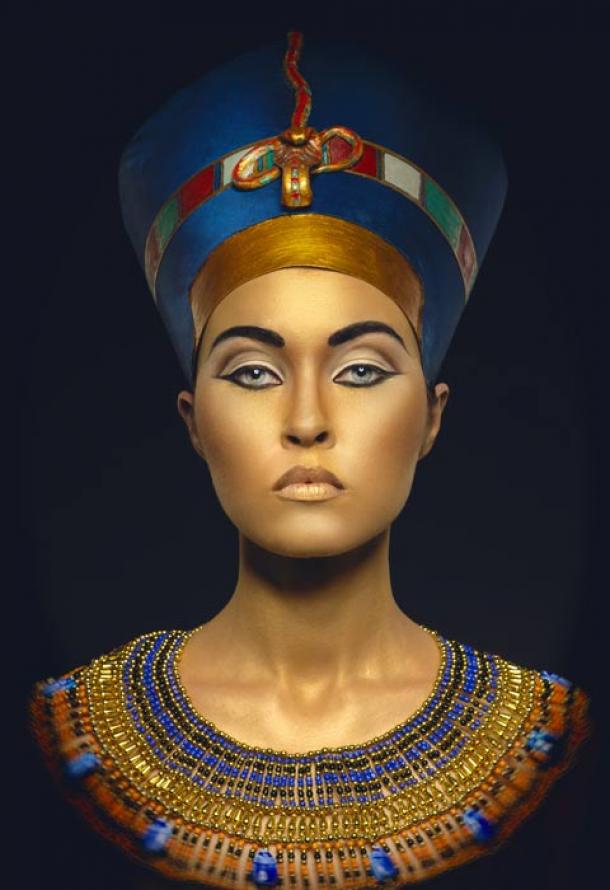Weird Facts about Ancient Egypt Makeup and Ancient Cosmetics History

It’s kind of like an evil eye, but the other way around: the good eye, brought about through lead-based kohl made up, unknowingly poisonous for ancient Egyptians but also had anti-microbial properties. Plus there was the magical aspect of invoking the gods Horus and Ra with the application of black makeup and further protective properties.
In ancient Egypt people from all classes from laborers to royalty, applied the kohl in their eyes, as modern archaeologists and Egyptologists explain. But this phenomenon of thick, black makeup has been known all over the world, and people still apply it in North Africa and Central Asia, says an article on BBC.

The kohl in Egypt had many components some of them quite rare and highly expensive, BBC says. The main ingredients were lead sulfide, a metallic mineral or galena. Presumably, for the rich, they also had ground, precious gems, including rubies, emeralds, and pearls.
There was also silver and gold, coral and the substance now mostly called primarily as an incense and It also included medicinal herbs such as neem, saffron and fennel.
The ancients then mixed all these substances with liquids, including water, milk, animal fats and oil, which made them more visual to the eye.
According to BBC, kohl was present in more places around the world than just ancient Egypt:
Kohl’s vast presence throughout history and across the globe testifies to its cultural, social, and hygienic purchase and evidence for its usage has been unearthed at the sites of ancient civilizations across North Africa, Central Asia, the Mediterranean and East Asia. It’s an incredibly old product, having been present since the Bronze Age (3500-1100 BC) and it’s usage has even been alluded to in the Old Testament, with two allusions at Kings II 9:30 and Ezekiel 23:40 to “painted eyes”.

Different people called it by different names. Arabs and people in modern Egypt still call it kohl, while ancient Romans and Greeks called it kollurion and modern Indo-Pakistanis name it Surma.
Knowridge Science Report says that some samples of the complex chemical from 52 ancient kohl containers underwent examination by French scholars in 2010. They found four types of lead, including galena and laurionite.
Neither the laurionite nor another lead chloride, phosgenite, occur naturally in Egypt. This means they were brought in for the manufacture of lead oxide and kohl, BBC says. The French researchers’ paper says this may have been the “the first known example of a large scale chemical process.”
These types of lead compounds (and other types of heavy metals) often are found in today’s eyeliners in North Africa and Central Asia, which may lead to lead poisoning.
“This is particularly a serious issue with young children sporting the cosmetic as protection against the evil eye, as they are more likely to engage in hand-to-mouth behaviour while learning about their environment,” says BBC.

In ancient times lead was not known as a poison. But even with it present in kohl, the makeup gave the antibacterial protection and also may have reduced cataracts, blindness, and ocular scarring by way of activating an immune response and killing bad bacteria to prevent infections.
The knowledge of ancient Egyptians and their salves, ointments and makeup were considered so advanced that we got our word for chemistry from them. Says a story on the American Chemical Society website about the French researchers’ work:
“It is no wonder that kemej, the Egyptian word that referred to the Egyptian land and to the black earth of the Nile valley, was handed to us via the Greeks and then the Arabs to eventually coin our present chemistry.”
